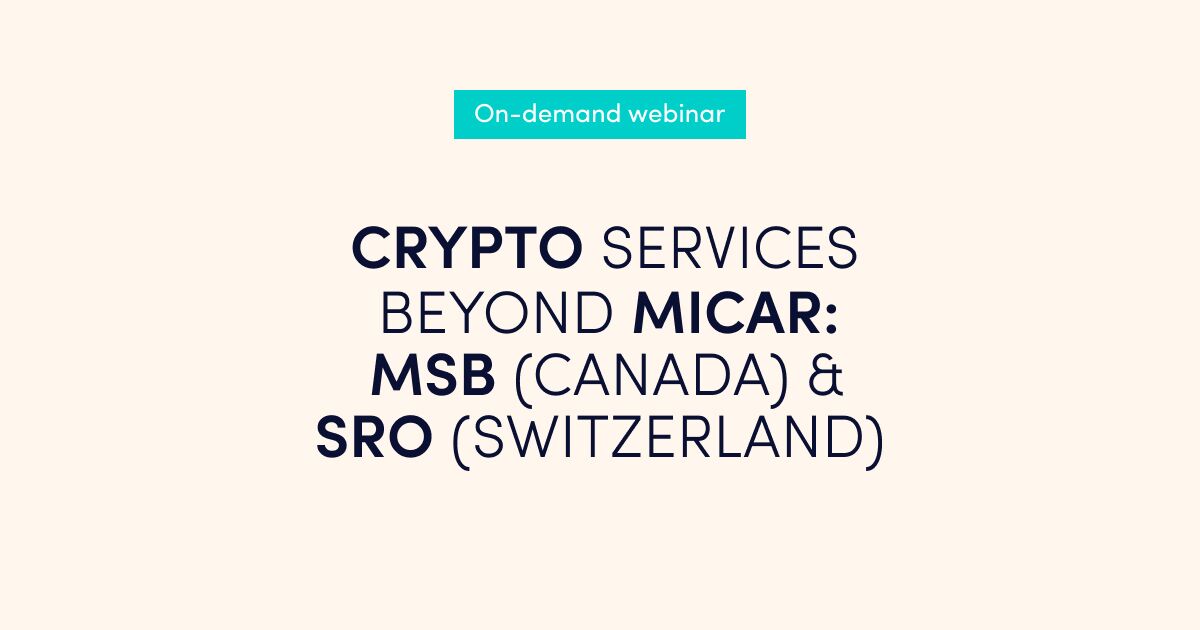Are you starting your fintech company or a digital bank? In need of an IT solution? If you haven’t decided to buy or to develop a solution or which solution to buy yet? Then, read this article to evaluate all pros and cons of SaaS, software licence, software code purchase or developing your own banking software.
Why you should choose SaaS banking software
If you are a start-up and planning to offer a minimum viable product (MVP) without investing a huge amount of money from the very beginning, then you should pick SaaS banking software. SaaS banking software will provide standard functionality, meaning that there will be limited customization possibilities.
Pros of ready SaaS banking software
- Possibility to launch a system within three months.
- Option to make some minor customisations to meet your business requirements, including changing the business logic, launching branded apps, changing fields in apps, and other.
- No need for an internal IT team for implementation and support.
- Reliable budget forecasts, including a setup fee and monthly fee.
Cons of ready SaaS banking software
- Limited functionality with a predesigned banking IT solution and standard functionality. There are limited opportunities to add new modules or integrations.
- The system goes with the vendor’s hosting services. Therefore, there is no option to deploy it on your servers. Instead, the vendor provides access to the system.
- A monthly fee increases when the number of customers and transactions increase. It won’t be cost-effective in some cases, and the company will need to switch to another software model.
Why you should choose a software licence for banking software
Are you an existing business with a customer base, product portfolio and a clear vision? Do you have a software budget, but time is limited? Then, you should choose a software licence for banking software to implement specific integrations and customise the software. There will be. The solution will provide more opportunities and meet evolving business needs. Besides, you will save money on monthly payments in the long run compared to the SaaS banking software.
Pros of a licence for banking software
- Combination of customised functionality and quick time-to-market.
- More freedom compared to SaaS. It allows you to deploy the system on any hosting service.
- No need for a vast internal IT team.
- Access to a customised banking IT solution.
- Control over the data as everything is on your side.
Cons of a licence for banking software
- In most cases, you are unable to make massive changes internally (with your team), but you need to request the vendor.
- Evaluation of all costs involved is needed, including the hosting (on-premise or cloud) and any charges for additional software – a database server, system software, etc.
Why you should buy software source codes for ready banking software
Are you looking to launch your platform in a short period of time and not ready to spend many months for internal developments? Software codes for ready banking software would be the right pick for your highly customised IT solution that meet your needs today and in the future. However, make sure you have an experienced IT team available to manage and carry out all changes internally.
Pros of purchase of software source codes for ready banking software
- Having banking software source codes at your disposal (at least – front-end applications) gives you broader customisation possibilities.
- Perfect solution for a group of companies because you can get solutions for a price of one. Most likely, you will not pay extra for integrated every new company.
- Control over all the data. Everything is on your side.
- Ready and widely accepted banking IT solution by regulators. The system is developed based on the experience of different IT professionals in the industry.
- Reliable technology. You see what you buy – no unexpected bugs compared to your own developed software.
Cons of purchase of software source codes for ready banking software
- Purchasing a platform with source codes is quite expensive and requires significant investments at the start.
- Guidance and training are necessary from the vendor on developments and customisations.
Why you should build your own banking software internally
Do you have specific requirements and functionalities in mind for your banking software? Is it critical to have control over all data in-house? Then, ready-to-use fintech software won’t be an option. Instead, you will need to build a unique fintech or banking IT solution that addresses specific business needs. However, it is essential to consider that the internally developed software will have extensive financial resources and a strong IT team to build, go-live and support the software in the long term.
Pros of building your own banking software
- Complete control over the development process, including functionality and interface. There are no limitations on customisation, making changes and adding new features now and in the future.
- Retaining the ownership of the software code and the application.
- Independent technology not owned by external vendors.
Cons of building your own banking software
- High implementation costs that are difficult to calculate and budget at the start. The schedules and deadlines are changing, and actual expenses go over the budget. In other words, you must be ready – costs will be unexpectedly high.
- Impossible scenario of creating software from scratch in a relatively short period.
- An experienced IT team is required. You might need extra time to find the team and IT professionals. Keep in mind that the technical crew and human resources can become one of the most significant expenses in this whole process.
- Usually, a considerable amount of time is required to identify specific business needs, develop technical tasks, write the code, develop policies and documentation, integrate everything with business systems, and develop gateways to external systems and partners.
- The fintech industry is changing rapidly. For this reason, the new release may be outdated and come to the market too late. You’ll get the working solution in 1 or 2 years. By the time you go live, you may need to make changes and work on additional developments because of the new industry or business requirements. In-house software development is a continuous process. You must start working on the second version of the solution after you have completed all works on the first one.
- This is challenging to create a banking IT solution that would include all the requirements and functionalities of the payment business.
- Usually, the experience of other banks and/or PSP is not considered in the development process.
- Besides having an expensive in-house team, there might be some risks associated with losing competencies and skills due to the departure of specific employees.
- Compliance with the regulatory software requirements in fintech. You will need to have an experienced professional on board who understands all regulatory requirements and the industry. The expertise in developing fintech solutions usually comes with years of experience.
We hope this article makes your choice of banking software easier. For your convenience, you can use the table below to compare SaaS banking software, a software licence, software code purchase and in-house development of banking software.
Comparison table – SaaS, software licence, purchase of software source codes or development of own software
| Software-as-a-Service (SaaS) | Software License | Purchase of software source codes | Development of your own software | |
|---|---|---|---|---|
| Time-to-market | Fast | Fast | Fast | Slow |
| Initial investments | Low | Medium-high | Very high | Medium-high |
| Budget for next three years | Medium-high or high (depending on a number of customers and transaction volumes) | Medium | Medium or high, depending on a software vendor | Very high, unexpected expenses |
| Possibility to set up a timeline for project implementation | Yes | Yes | Yes | Hard to estimate |
| Minor customisation opportunities | Yes | Yes | Yes | Yes |
| Possibility to make massive changes and developments | No | Yes/No, depending on the necessary changes and specifics | Yes | Yes |
| Unlimited options to add new modules and functionality | No | No | Yes/No, depending on software | Yes |
| Flexibility to store data on your servers | No | Yes/No | Yes | Yes |
| Unique and highly customised solution | No | No | Yes | Yes |
| Independence from external vendors | No | No | Yes/No | Yes |
| Ready-to-use payment infrastructure | Yes | Yes | Yes/No | Only after completing all developments |
| Extensive IT human resources required | No | No | Yes | Yes |
Read also our article SaaS vs On-premise for Digital Banking: 5 Points to Consider.
About Advapay
Advapay is a technology company providing the Digital Core Banking platform to empower fintech clients or digital banks to start their businesses and accelerate digital transformation. The platform delivers all essential functionalities, a front-to-back system and a set of tools to customise and bring new integrations. With Advapay, potential and existing customers can connect either to the cloud-based SaaS or on-premise software. Besides the technical infrastructure, the company provides business advisory and fintech licensing services. Interested to learn more, please drop us a message









